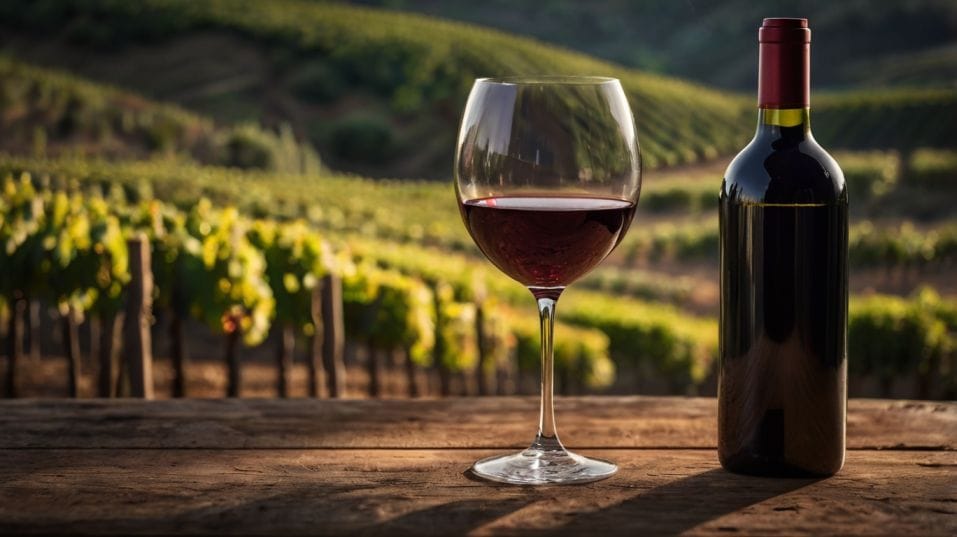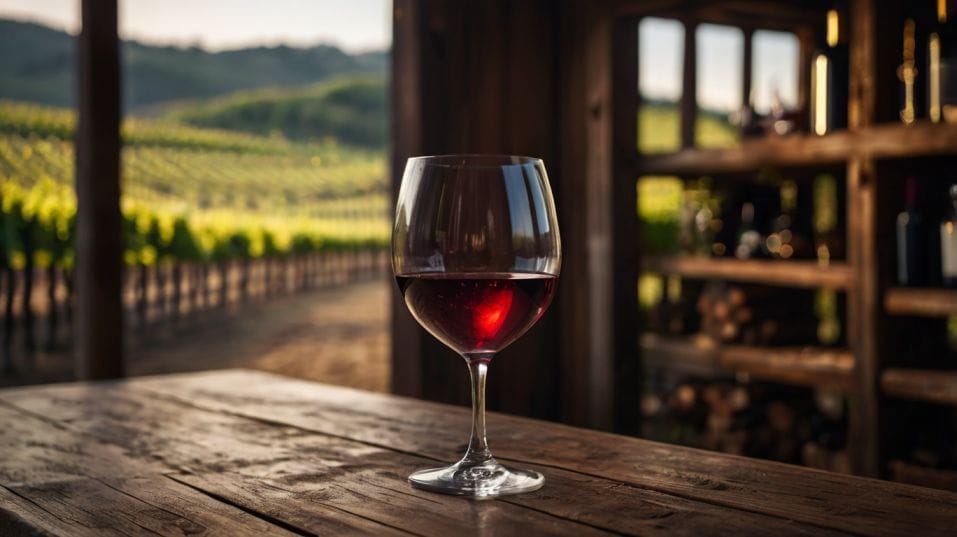Why the Right Glass Shape Matters (More Than You Think)
Discover how wine glass shape impacts aroma, texture, and taste—plus how to choose the right one to sip, learn, and enjoy with confidence.

Ever wonder why wine tastes better at a restaurant than at home? It might be the glass. For wine-curious drinkers starting to explore seriously, the shape you sip from matters more than you think.
It's not just about elegance—it’s about unlocking aroma, balance, and texture. The right glass won’t elevate a mediocre wine, but it will let a good one shine, helping you taste with greater clarity and purpose.
A Functional Frame for Flavor
A wine glass isn’t just a container. It’s a tool. One with a specific job: to help you taste more clearly and enjoy more fully.
The bowl, the rim, the stem—each part of a glass influences how wine moves, how it breathes, and how it meets your senses.
Good design doesn't just look elegant; it performs. It unlocks aromatics, balances structure, and enhances the natural flow of the wine from bottle to palate.
The impact is real. Pour the same wine into a few differently shaped glasses and you’ll notice it: aromas can leap or vanish, flavors can sharpen or flatten, texture can expand or tighten.
The glass becomes part of the experience—not the star, but the stage on which the wine performs.

Airflow and Aromatics
Aroma is where most of a wine’s character lives. Your sense of smell picks up hundreds of aromatic compounds—far more than your taste buds can detect.
That’s why a wine can taste like cherries, tobacco, or violets even though none of those things are ingredients. It all starts in your nose.
Why Bowl Width Matters
- Wider bowls, like those used for full-bodied reds, create more surface area for oxygen to mix with the wine. This opens up complex aromas that might otherwise stay closed.
- Narrower openings concentrate and direct those aromas toward your nose. That’s why the top of the glass matters just as much as the bowl beneath it. A glass that flares too much can let those delicate notes dissipate before you ever register them.
When the shape is right, the nose gets a clean, focused signal. You smell more. And what you smell prepares your brain to better interpret what you’re about to taste.
How a Glass Directs the Wine
Beyond smell, the shape of your glass also affects how the wine enters your mouth—and that matters more than you might expect.
The Role of the Rim
The angle, width, and curvature of the rim control the flow of the wine and where it lands on your tongue first. That first contact point shapes your entire perception.
- A tapered, tulip-shaped rim (like in glasses for Pinot Noir or Riesling) tends to direct the wine toward the tip of the tongue. This emphasizes fruit, freshness, and finesse.
- A straighter or wider rim might steer the wine further back, drawing out tannin, body, or alcohol depending on the style. That works well for more structured wines like Cabernet Sauvignon or Syrah.
This isn’t about manipulating the wine. It’s about giving it the right stage to express itself. When the shape is in sync with the wine’s natural structure, you taste a clearer version of what it’s trying to say.
Matching Glasses to Wine Style
You don’t need a dozen shapes to drink well. But it helps to understand what each type of glass is trying to do—so you can choose wisely, or improvise with confidence.
Red Wine Glasses
Red wine glasses are generally larger, with a broader bowl. This isn’t just about tradition—it gives the wine more room to breathe, which softens tannins and teases out layers of aroma.
Lighter reds (like Gamay or Pinot Noir) benefit from a glass that narrows slightly at the top, concentrating delicate scents.
Bigger reds (like Malbec or Bordeaux blends) need a taller, wider shape that lets the wine open fully and land on a broader part of the palate.
White Wine Glasses
White wine glasses tend to be smaller, with narrower bowls and rims. That shape keeps aromatics crisp and focused.
Whites don’t typically need as much oxygen to shine, and their lighter structure can get lost in too wide a space. A smaller glass preserves their precision.
Sparkling Wines
Sparkling wines used to live in tall, skinny flutes—but that’s shifting. Many tasters now favor tulip-shaped glasses, which preserve bubbles while also giving aromas space to gather. It’s a better balance between form and function.
Universal Glasses
Universal glasses split the difference. These are versatile, medium-sized shapes with gently tapering rims.
They won’t show off every nuance, but they’ll do justice to most wines. If you're only investing in one or two glass types, this is where to start.
Clarity, Confidence, and Craft
Using the right glass is not about chasing perfection—it’s about respecting the craft behind the wine and giving your senses the best chance to catch the details.
There’s also a confidence that comes with choosing the right tools. When you reach for a glass that suits the wine, you’re engaging with intention. You’re creating a better environment for tasting. You’re not just drinking—you’re paying attention.
That doesn’t mean the experience becomes clinical. Quite the opposite. A well-chosen glass disappears into the background, letting the wine come forward with clarity, energy, and ease. The ritual becomes more refined, and more rewarding.
Final Thoughts: Try, Taste, Adjust
Glass shape isn’t about rules—it’s about results. A different glass won’t change the wine’s DNA, but it can reveal new textures, sharper aromas, or a smoother finish. That’s the value: small shifts that make the wine feel more alive.
You don’t need a full set to start. Just get curious. Pour the same wine into two different glasses—wide and narrow, tall and short—and taste with attention.
Let the wine show you how it behaves in each one. That experiment alone will teach you more than any chart or list.
So tonight, make it part of the ritual. Choose the glass with purpose. Taste like it matters. Because when the shape is right, the wine doesn’t just taste better—it shows up better. And that’s a difference worth noticing.




